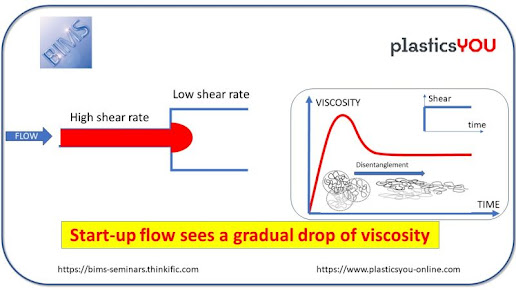EPA Finalizes Air Toxic Emission Standards for PVC Production Facilities to Reduce Emissions
The U.S. Environmental Protection Agency (EPA) has issued strong final standards requiring facilities that produce polyvinyl chloride and copolymers (PVC) to reduce harmful air emissions, which will improve air quality and protect people's health in communities where facilities are located. Exposure to toxic air pollutants, like those emitted from PVC facilities, can cause respiratory problems and other serious health issues, and can increase the risk of developing cancer. In particular, children are known to be more sensitive to the cancer risks posed by inhaling vinyl chloride, one of the known carcinogens emitted from PVC facilities.
The final standards are based on currently available technologies and will reduce emissions of air toxics, such as dioxin and vinyl chloride. Facilities will have the flexibility to choose the most practical and cost-effective control technology or technique to reduce the emissions. Facilities will be required to monitor emissions at certain points in the PVC production process to ensure that the standards are met.
Currently, there are 17 PVC production facilities throughout the United States, with a majority of these facilities located in Louisiana and Texas. All existing and any new PVC production facilities are covered by the final rule.
PVC production facilities manufacture PVC resins that are used to make a large number of commercial and industrial products at other manufacturing facilities. These products include latex paints, coatings, adhesives, clear plastics, rigid plastics, and flooring.


Comments
Post a Comment